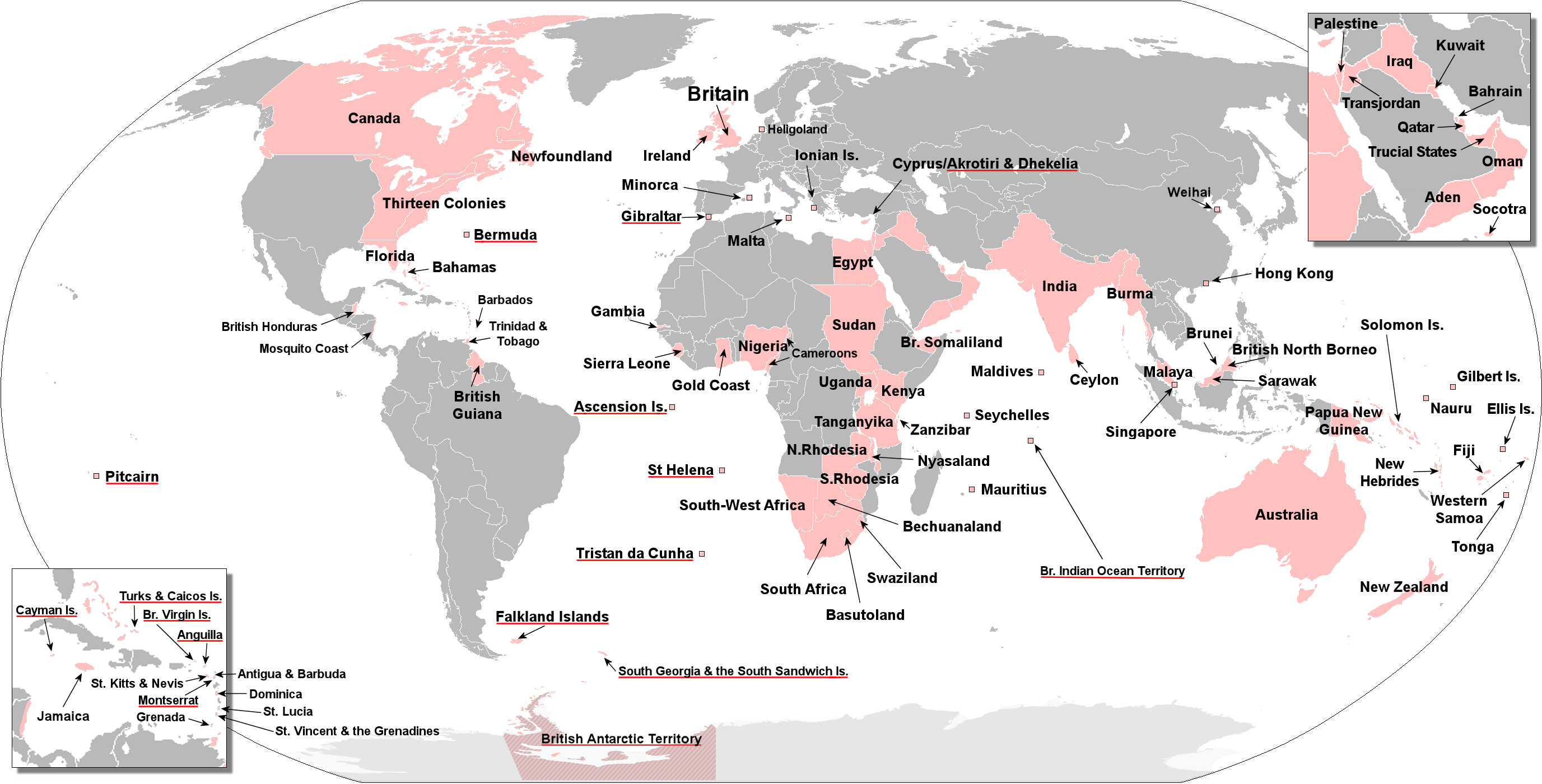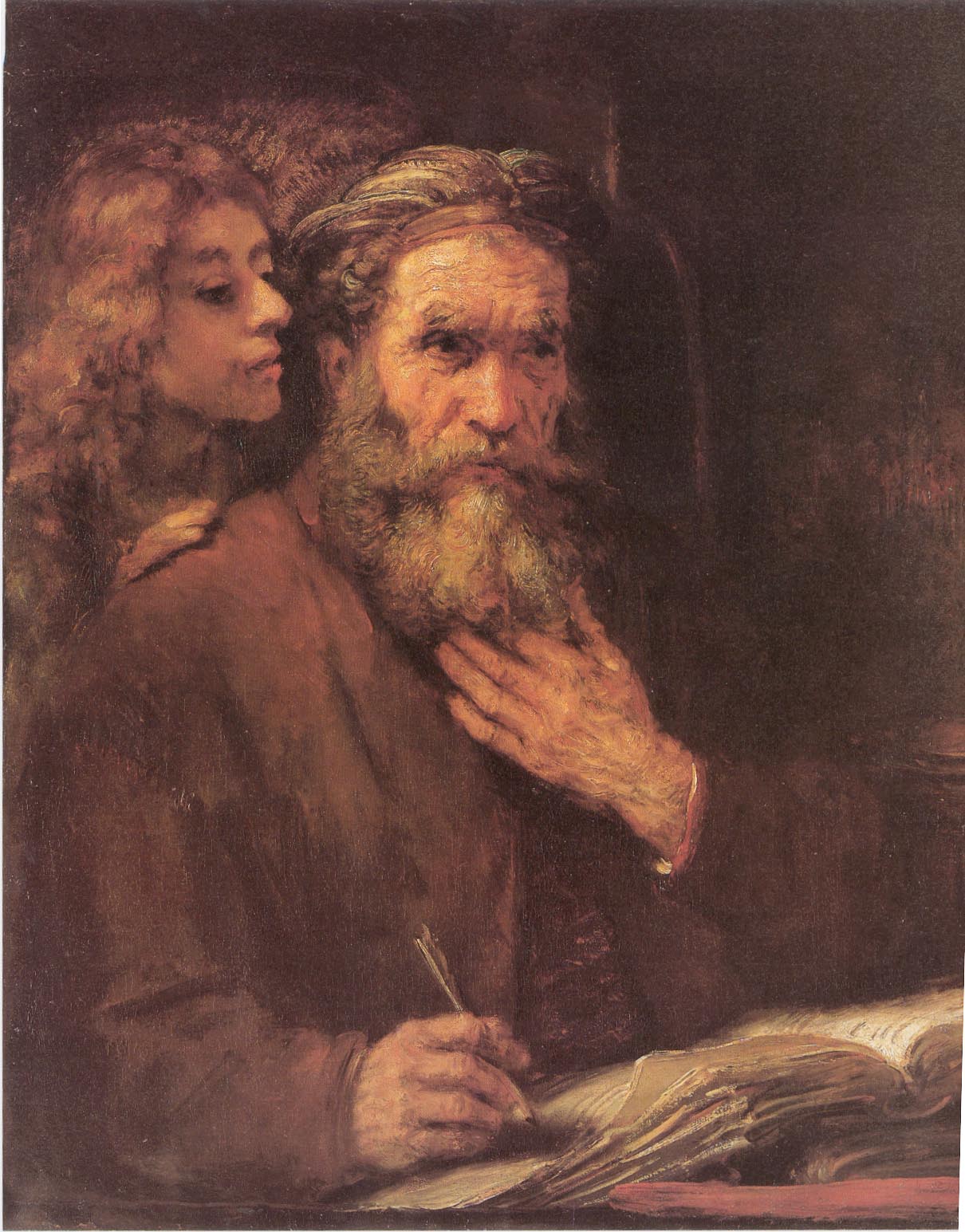|
Bafut People
Bafut people, also known as Fut or Bufu people are a Grassfields ethnic group located in the Bafut Subdivision of the North West Province, Cameroon. Language and Literacy Aroun 134 000 Bafut people speak the Bafut language, an Eastern Grassfields language of the Niger-Congo languages. Thirty percent of the Fut people read and write the language. Expanding Literacy in Fut language is supported by ten schools and thirty churches. Bafut people were once multilingual. Most of the upper Bafut can speak the Bafut language and Cameroonian Pidgin English. Also, in a minor degree, they can speak local languages such as Mankon, Meta', or Mungaka. Religion Christianity is the predominant religion between Bafut people, accounting for between 74% to 95% of the population. A minor group still follows their ancestral religion. Bafut Christians divide between Roman Catholic, Protestants, and other independent churches. The New Testament has been translated to the Bafut language and g ... [...More Info...] [...Related Items...] OR: [Wikipedia] [Google] [Baidu] |
Christianity In Africa
Christianity in Africa first arrived in Egypt in approximately 50 AD, reached the region around Carthage by the end of the second century. In the 4th century, the Aksumite empire in modern-day Ethiopia and Eritrea became one of the first regions in the world to adopt Christianity as their official religion. The Nubian kingdoms of Nobatia, Makuria and Alodia followed two centuries later. Important Africans who influenced the early development of Christianity include Tertullian, Perpetua, Felicity, Clement of Alexandria, Origen of Alexandria, Cyprian, Athanasius and Augustine of Hippo. The Islamic conquests into North Africa brought pressure on Christians to convert to Islam due to special taxation imposed on non-Muslims and other socio-economic pressures under Muslim rule. The Eastern Orthodox Church of Alexandria and Coptic Orthodox Church of Alexandria (which separated from each other during the Chalcedonian Schism) in Egypt and the Orthodox Tewahedo Church (that split in ... [...More Info...] [...Related Items...] OR: [Wikipedia] [Google] [Baidu] |
Fon Of Bafut
The Fon of Bafut is the fon or Mfor (traditional ruler) of the town of Bafut and its adjoining areas in the Northwest Province, Cameroon, which comprise the erstwhile Fondom of Bafut. At present, the Fon of Bafut is still a local ruler, but under the jurisdiction of the Government of Cameroon, and a board of Fons. Bafut is one of the largest villages in the North West Province. Once autocratic, the Fondom of Bafut was turned into a part of the German protectorate of Cameroon (''Kamerun Schutzgebiet'') due to increasing tension, military conflict, and finally defeat at the hands of the Germans in the Bafut Wars (1901–1907) during the reign of Abumbi I. After World War I, the Fon of Bafut and his people became part of the British protectorate of the Cameroons or ''British Cameroon''. International image The Fon of Bafut is perhaps best remembered due to Gerald Durrell's humorous portrayal of the Fon Achirimbi II in his books describing animal-collecting missions to Ba ... [...More Info...] [...Related Items...] OR: [Wikipedia] [Google] [Baidu] |
Germans
, native_name_lang = de , region1 = , pop1 = 72,650,269 , region2 = , pop2 = 534,000 , region3 = , pop3 = 157,000 3,322,405 , region4 = , pop4 = 21,000 3,000,000 , region5 = , pop5 = 125,000 982,226 , region6 = , pop6 = 900,000 , region7 = , pop7 = 142,000 840,000 , region8 = , pop8 = 9,000 500,000 , region9 = , pop9 = 357,000 , region10 = , pop10 = 310,000 , region11 = , pop11 = 36,000 250,000 , region12 = , pop12 = 25,000 200,000 , region13 = , pop13 = 233,000 , region14 = , pop14 = 211,000 , region15 = , pop15 = 203,000 , region16 = , pop16 = 201,000 , region17 = , pop17 = 101,000 148,00 ... [...More Info...] [...Related Items...] OR: [Wikipedia] [Google] [Baidu] |
British Empire
The British Empire was composed of the dominions, colonies, protectorates, mandates, and other territories ruled or administered by the United Kingdom and its predecessor states. It began with the overseas possessions and trading posts established by England between the late 16th and early 18th centuries. At its height it was the largest empire in history and, for over a century, was the foremost global power. By 1913, the British Empire held sway over 412 million people, of the world population at the time, and by 1920, it covered , of the Earth's total land area. As a result, its constitutional, legal, linguistic, and cultural legacy is widespread. At the peak of its power, it was described as " the empire on which the sun never sets", as the Sun was always shining on at least one of its territories. During the Age of Discovery in the 15th and 16th centuries, Portugal and Spain pioneered European exploration of the globe, and in the process established ... [...More Info...] [...Related Items...] OR: [Wikipedia] [Google] [Baidu] |
Ethnohistory
Ethnohistory is the study of cultures and indigenous peoples customs by examining historical records as well as other sources of information on their lives and history. It is also the study of the history of various ethnic groups that may or may not still exist. The term is most commonly used in writing about the history of the Americas. Ethnohistory uses both historical and ethnographic data as its foundation. Its historical methods and materials go beyond the standard use of documents and manuscripts. Practitioners recognize the use of such source material as maps, music, paintings, photography, folklore, oral tradition, site exploration, archaeological materials, museum collections, enduring customs, language, and placenames. Historical development Scholars studying the history of Mexico's indigenous have a long tradition, dating back to the colonial era; they used alphabetic texts and other sources to write the history of Mexico's indigenous peoples. The '' Handbook of Mid ... [...More Info...] [...Related Items...] OR: [Wikipedia] [Google] [Baidu] |
New Testament
The New Testament grc, Ἡ Καινὴ Διαθήκη, transl. ; la, Novum Testamentum. (NT) is the second division of the Christian biblical canon. It discusses the teachings and person of Jesus, as well as events in first-century Christianity. The New Testament's background, the first division of the Christian Bible, is called the Old Testament, which is based primarily upon the Hebrew Bible; together they are regarded as sacred scripture by Christians. The New Testament is a collection of Christian texts originally written in the Koine Greek language, at different times by various authors. While the Old Testament canon varies somewhat between different Christian denominations, the 27-book canon of the New Testament has been almost universally recognized within Christianity since at least Late Antiquity. Thus, in almost all Christian traditions today, the New Testament consists of 27 books: * 4 canonical gospels ( Matthew, Mark, Luke, and John) * The Acts of the ... [...More Info...] [...Related Items...] OR: [Wikipedia] [Google] [Baidu] |
Traditional African Religions
The traditional beliefs and practices of African people are highly diverse beliefs that include various ethnic religions.Encyclopedia of African Religion (Sage, 2009) Molefi Kete Asante Generally, these traditions are oral rather than scriptural and passed down from one generation to another through folk tales, songs, and festivals, include belief in an amount of higher and lower gods, sometimes including a supreme creator or force, belief in spirits, veneration of the dead, use of magic and traditional African medicine. Most religions can be described as animistic with various polytheistic and pantheistic aspects. The role of humanity is generally seen as one of harmonizing nature with the supernatural. Spread Adherents of traditional religions in Africa are distributed among 43 countries and are estimated to number over 100 million.''Britannica Book of the Year'' (2003), ''Encyclopædia Britannica'' (2003) p.306 According to the ''Encyclopædia Britannica'', as of mid- ... [...More Info...] [...Related Items...] OR: [Wikipedia] [Google] [Baidu] |
Nga'ka Language
The Nga'ka language, or ''Munga'ka'', also known as Bali, is a Grassfields language spoken by the people of Bali Nyonga in Cameroon. They are the descendants of the Chamba Chamba may refer to: People *Gilberto Chamba (born 1961), Ecuadorian serial killer *Jessica Chamba (born 1981), European activist Places Ghana *Chamba, a town in the Northern Region India *Chamba (Vidhan Sabha constituency), Himachal Pradesh *Ch ... of northern Nigeria. Phonology The sounds of ''Munga'ka'' are as follows: Consonant inventory Vowel inventory References Languages of Cameroon Nun languages {{gras-lang-stub ... [...More Info...] [...Related Items...] OR: [Wikipedia] [Google] [Baidu] |
Grassfields Languages
The Grassfields languages (or Wide Grassfields languages) are a branch of the Southern Bantoid languages spoken in the Western High Plateau of Cameroon and some parts of Taraba state, Nigeria. Better known Grassfields languages include the Eastern Grassfields languages Bamun, Yamba and the Ring language, Kom, Nso, Oku, Bali, Bafut. Almost all of these languages are closely related, sharing approximately half of their vocabulary. Classifications The Grassfields languages were previously known as ''Grassfields Bantu'' and ''Semi-Bantu.'' They are sometimes classified on two levels, ''Wide Grassfields,'' which includes all the languages, and ''Narrow Grassfields,'' which excludes Menchum, Ambele and sometimes the Southwest Grassfields languages. These may form a group of their own, which Nurse (2003) calls Peripheral Grassfields but rejects. Blench (2010) notes there is little evidence for the traditional assumption that the non-Western Momo languages belong in Grassfie ... [...More Info...] [...Related Items...] OR: [Wikipedia] [Google] [Baidu] |
Meta' Language
Meta’ is a Grassfields language of Cameroon Cameroon (; french: Cameroun, ff, Kamerun), officially the Republic of Cameroon (french: République du Cameroun, links=no), is a country in west- central Africa. It is bordered by Nigeria to the west and north; Chad to the northeast; th .... The Moghamo variety is perhaps divergent enough to be considered a separate language. Ngamambo is 88% similar lexically to Meta’, and often is considered separate. References Momo languages Languages of Cameroon {{SBantoid-lang-stub ... [...More Info...] [...Related Items...] OR: [Wikipedia] [Google] [Baidu] |






